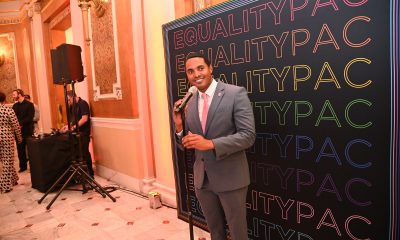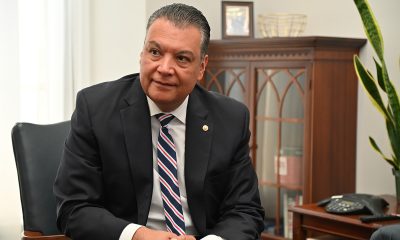Arts & Entertainment
Author Kenny Fries on being queer, disabled, and Jewish
How the three identities formed his rather irreverent take on life
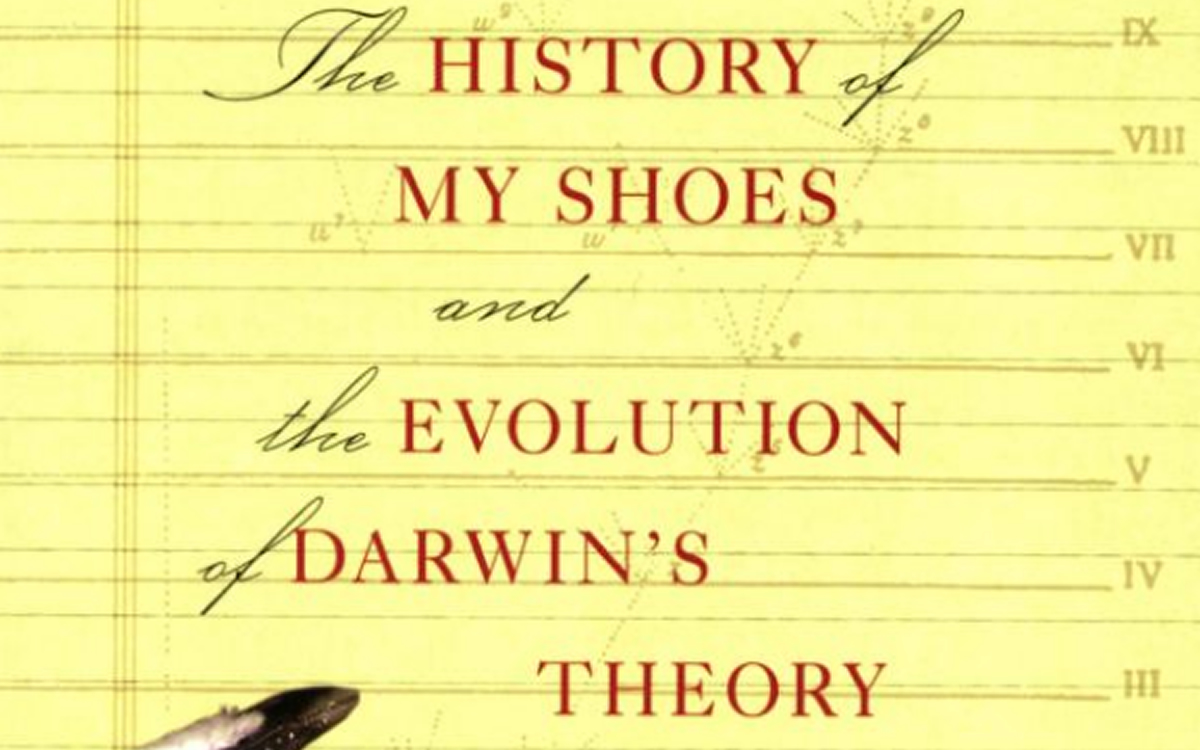
(Editor’s Note: One in four people in America has a disability, according to the Center for Disease Control and Prevention. Queer and disabled people have long been a vital part of the LGBTQ community. Take two of the many queer history icons who were disabled: Michelangelo is believed to have been autistic. Marsha P. Johnson, who played a heroic role in the Stonewall Uprising, had physical and psychiatric disabilities. Today, Deaf/Blind fantasy writer Elsa Sjunneson, actor and bilateral amputee Eric Graise — Marvin in the “Queer as Folk” reboot — and Kathy Martinez, a blind, Latinx lesbian, who was Assistant Secretary of Labor for Disability Employment Policy for the Obama administration, are only a few of the numerous queer and disabled people in the LGBTQ community. Yet, the stories of this vital segment of the queer community have rarely been told. In its monthly, year-long series, “Queer, Crip and Here,” the Blade will tell some of these long un-heard stories.)
In 1991, when he was living in Provincetown, he agreed to be a model for a guide to “gay sex,” gay, disabled and Jewish author and poet Kenny Fries writes in his memoir “The History of My Shoes and the Evolution of Darwin’s Theory.”
Fries, 62, who’s just been awarded a Disability Futures Fellowship by the Ford Foundation, has been disabled since birth.
His medical records say that he has “congenital deformities of the lower extremities,” Fries said in an email interview with the Blade, “Basically, I was missing bones in my legs when born.”
Sometime later, Fries learned that the medical term for his disability is “fibular hemimelia.” “There is no known cause,” he added, “and it is nothing a pregnant mother does or doesn’t do that causes this.”
Back in 1991 in Provincetown, the local artist who was working on the gay sex guide wanted to make sure that it would correctly portray a disabled man having sex.
Fries was pleased when the artist showed him the pictures he’d taken of him and his partner in the modeling session. “I recognize the images of myself in both the photos and the drawing as very beautiful,” Fries writes.
But a week later, Fries’s feelings of pride were dissed. The guide’s art director didn’t like how the drawing turned out, Fries recalled the artist telling him. “‘He said that in the drawing the disability didn’t read. He wants me to cut off one of your legs,’” Fries writes.
Coming out wasn’t that difficult for Fries. Though, “I’m sure at times it felt difficult,” he said. “I think it was the combination of being both gay and disabled that posed the most challenges.”
If you’re disabled, you’re likely to run into ableism in the form of inaccessibility, pity, employment discrimination, discomfort, and fear. Perhaps, most hurtful, especially if you’re queer and disabled, is what Fries calls the myth of “the ideal body.” (This reporter is queer and disabled.)
Anyone with a body that is perceived as different is up against this myth, Fries said. “Everyone is affected by this myth, even straight white men. They just don’t know it as much as we do.”
Though he’s been disabled since he was born in Brooklyn, N.Y., and his disability is quite noticeable, Fries didn’t “come out” as disabled until he was in college.
Fries saw a psychologist after he began having panic attacks. “He did something not quite kosher,” Fries said, “making a deal with me that he’d come see the musical I was directing if I went to talk with Irv Zola, a disabled professor who taught at Brandeis, where I was an undergraduate.”
In those days, Zola was one of the very few disabled faculty at any college. “It was sheer luck that he was at mine,” Fries said.
At Zola’s suggestion, Fries got in touch with the Boston Self-Help Center, and, for a time, joined their peer support group. After grad school, Fries moved to San Francisco. There, he met Marilyn Golden, a disability rights movement leader. Meeting Golden, his first mentor, launched Fries’s disability rights journey.
Another important step for Fries in his “coming out” as disabled was when he took part in the Contemporary Chautauqua on Performance and Disability that was organized by Vicki Lewis at the Mark Taper Forum in Los Angeles in 1994. There, Fries met creative nonfiction and fiction writer Anne Finger, playwright Susan R. Nussbaum and other disabled writers. These writers became his “comrades in arms,” he said.
Golden and Nussbaum died earlier this year. It was “a great personal and community loss,” Fries said.
The apartment building where he grew up was like a “vertical high rise shtetl,” Fries said, when asked how being Jewish fit into his queer and disabled identity.
“An ex called me ‘the Nazi Trifecta,’” Fries said, “as Jews, the disabled and queers were persecuted and killed during the Nazi regime.”
Being queer, disabled, and Jewish – being triply “othered” has emphasized his “questioning,” Fries said, “especially of societal structures and institutions.”
Somehow, he believes, these three identities combined to form his rather irreverent take on things.
The writing bug bit Fries early on. “As a child, I was always thinking of plays,” Fries said, “and wrote some silly ones.”
Fries is one of our time’s most distinguished and important queer and disabled writers. He is the author of “Province of the Gods,” “The History of My Shoes and the Evolution of Darwin’s Theory” and “Body, Remember: A Memoir.” His books of poetry include “In the Gardens of Japan,” “Desert Walking” and “Anesthesia.”
If you’re visibly disabled, you’re stared at often by nondisabled people.
Fries has helped disabled people, queer and non-queer, to reclaim the stare. He edited the groundbreaking anthology “Staring Back: The Disability Experience from the Inside Out,” in which writers, including queer icon Adrienne Rich, reflect on their lived experience of being disabled.
“I didn’t realize Rich was disabled (she had rheumatoid arthritis) until I saw her using a cane at a reading in the Bay Area,” Fries said.
Fries lives with his husband, who is Canadian, in Berlin. They met when Fries was in Japan in 2005 and married in 2007.
“Living in cultures other than my own, as well as travel, has always been a foundation of my work,” Fries said.
Occasionally, Fries has encountered “direct” ableism in the queer community. Such as the time decades ago when he wasn’t allowed into a gay bar in Florence, Italy. Or the “very rare” sexual rejection by a nondisabled person. “This harkens back to the ideal body myth,” Fries said.
More insidious to Fries is the ableism of inaccessible queer spaces and events and the lack of inclusion of disabled people on queer-related panels at readings and events.
Then, there are the apps, Fries said. “How many disabled guys does one encounter on Grindr?” he said. “Even the profile questions asked show the default is not to think of physical difference.”
Fries came to Berlin to do research for the book he’s working on “Stumbling Over History: Disability and the Holocaust” and his video series “What Happened Here in the Summer of 1940?”
“The disabled were the first group to be mass murdered in gas chambers in Aktion T4, the Nazi program that killed 70,000 disabled persons,” Fries said.
“After T4 officially ended, 230,000 more disabled people were killed by gas,” Fries added, “as well as by other means, such as starvation, medication overdose and neglect.”
This is still a relatively unknown history to most people, even in Germany, Fries said.
Fries’s supply of energy is boundless. He has curated “Queering the Crip, Cripping the Queer,” the first international exhibit on queer/disability history, activism, and culture. It opened at the Schwules Museum Berlin on Sept. 1 and runs through the end of January 2023.
The exhibit includes the work of more than 20 contemporary queer/disabled artists.
A major theme of the exhibit is “‘the ideal body’,” Fries said, “how this fantasy has pervaded both queer and disability history and lives, and how queer/disabled artists have counteracted this.”
Many people know Audre Lorde as a queer, Black icon. But most don’t think of her as having a disability. Yet, Lorde, who had cancer, was disabled. She is included in the exhibit.
“Lorde was a very important figure for the Afro-German women’s movement,” Fries said.
Lorde wrote about having cancer in “The Cancer Journals.” She had an ahead-of-her- times view of disability, Fries said. “In an interview featured in the exhibit, she talks about a feminist book fair in London in 1984, which was held in an inaccessible space.”
It is important for all of us that such events be made available to disabled women, Lorde said in the interview, “and we should make sure they are announced in black women’s magazines.”
Lorde understood intersectionality before it became popular, Fries said.
For more information go to: kennyfries.com
Photos
PHOTOS: Independence Day Weekend in Rehoboth
Wicked Green Pool Party, fireworks among festivities
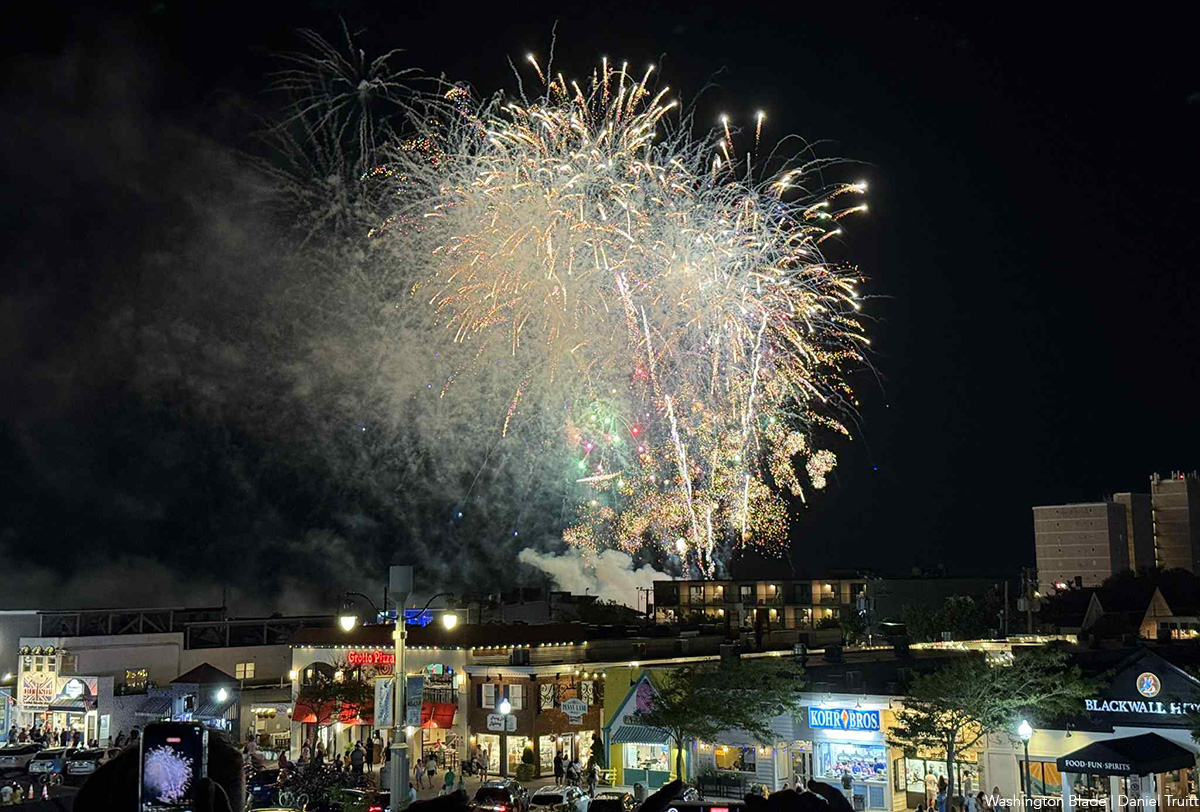
Vacationers and residents alike enjoyed Independence Day Weekend activities in Rehoboth Beach, Del. The Wicked Green Pool Party drew hundreds to the CAMP Rehoboth fundraiser on Saturday. That evening, revelers went to the rooftops to watch the fireworks display.
(Washington Blade photos by Daniel Truitt)
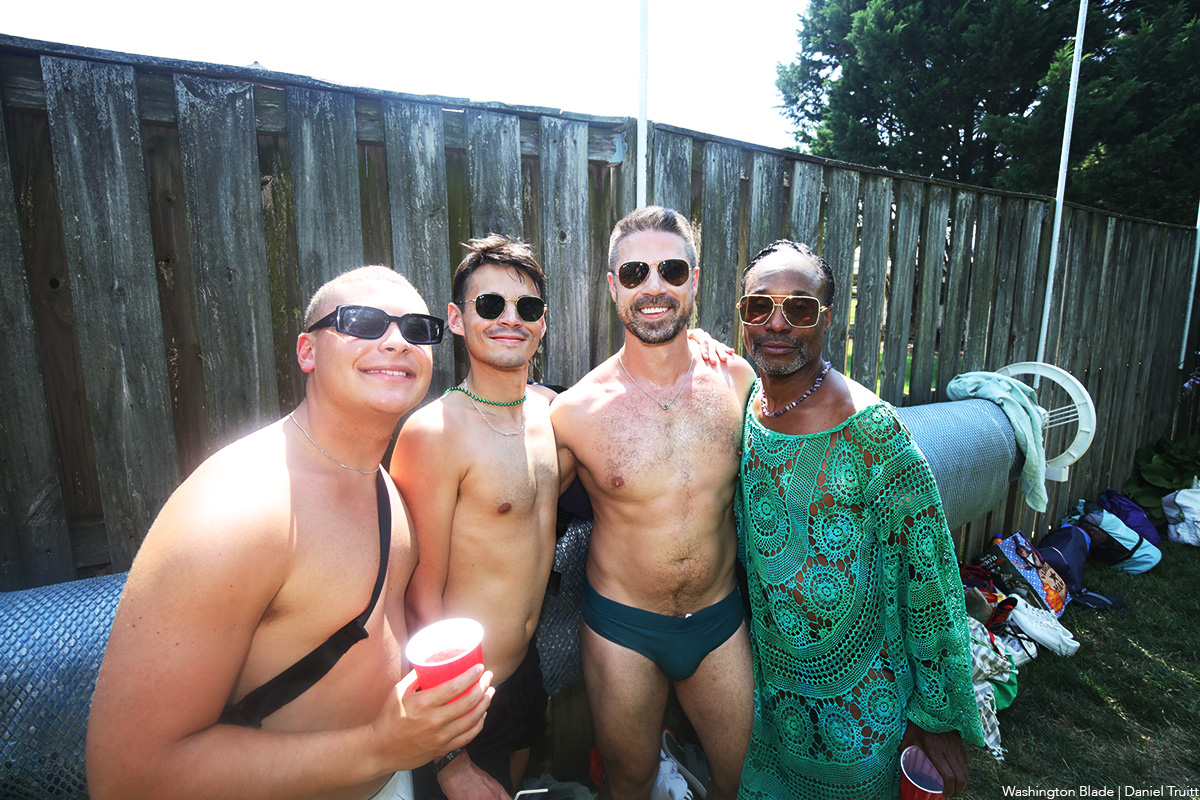

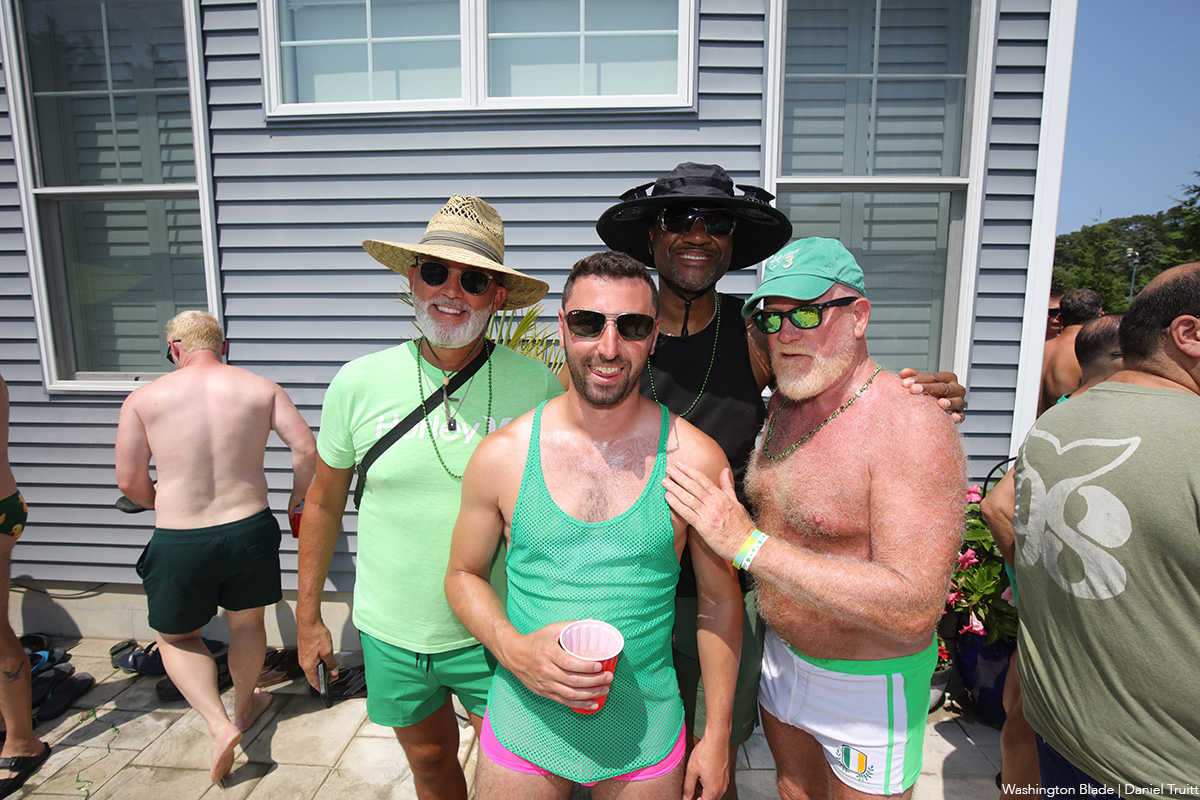
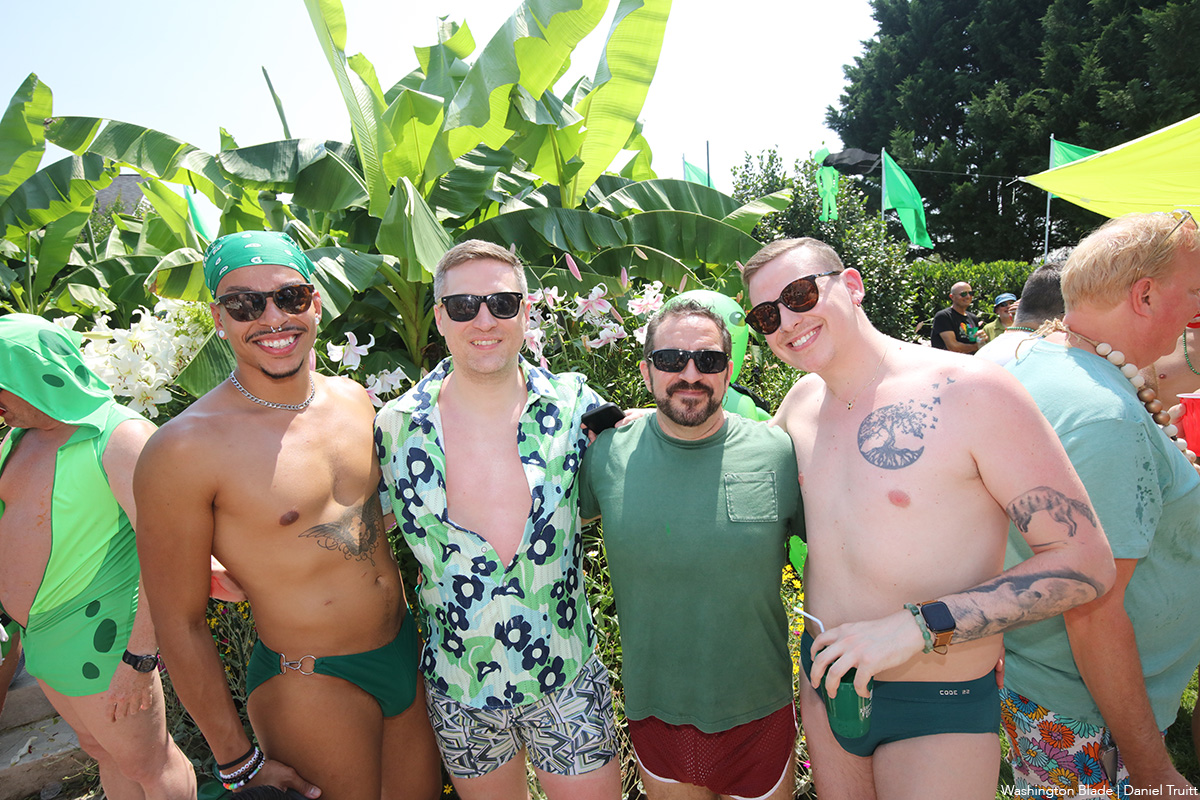
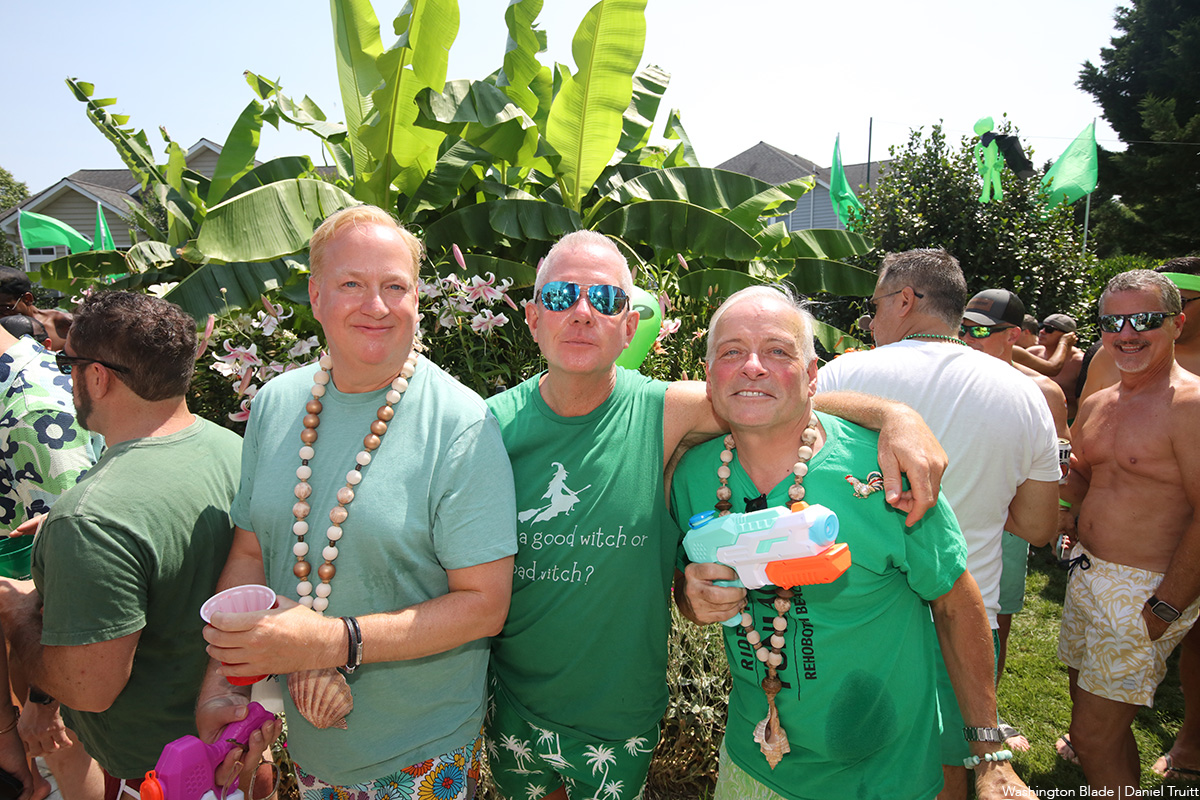
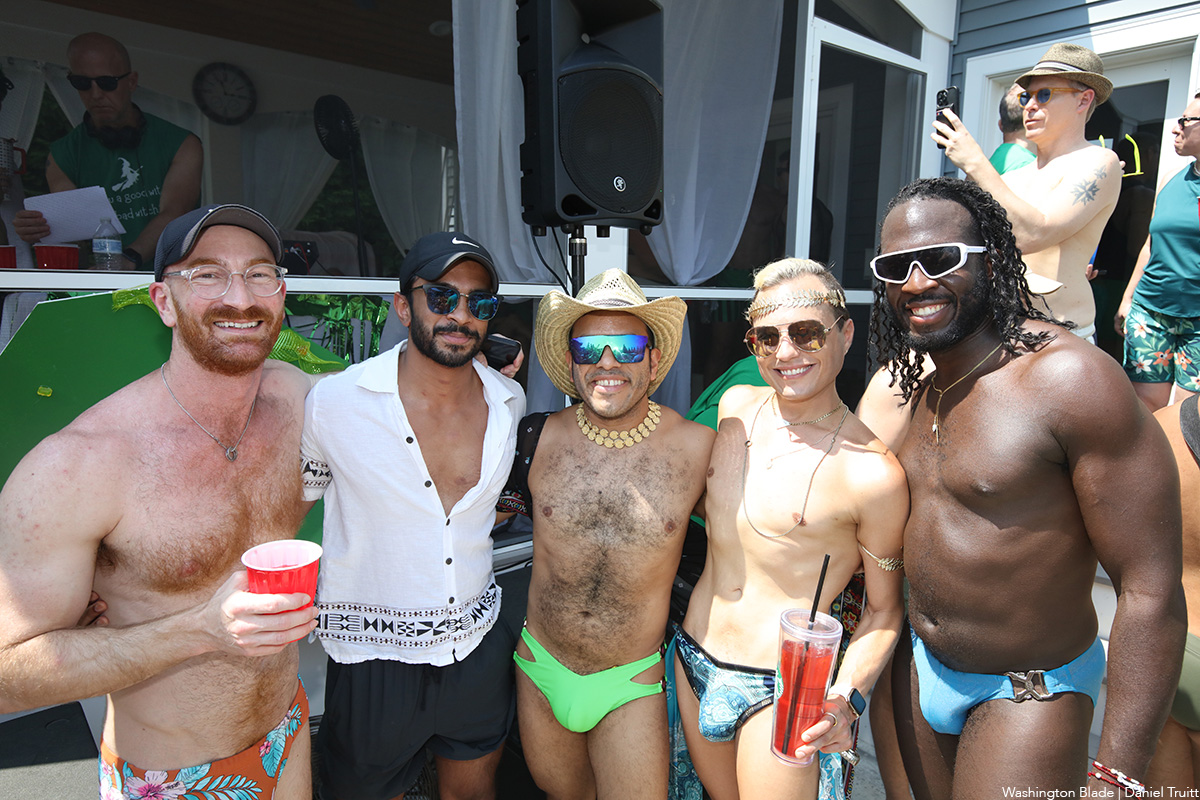
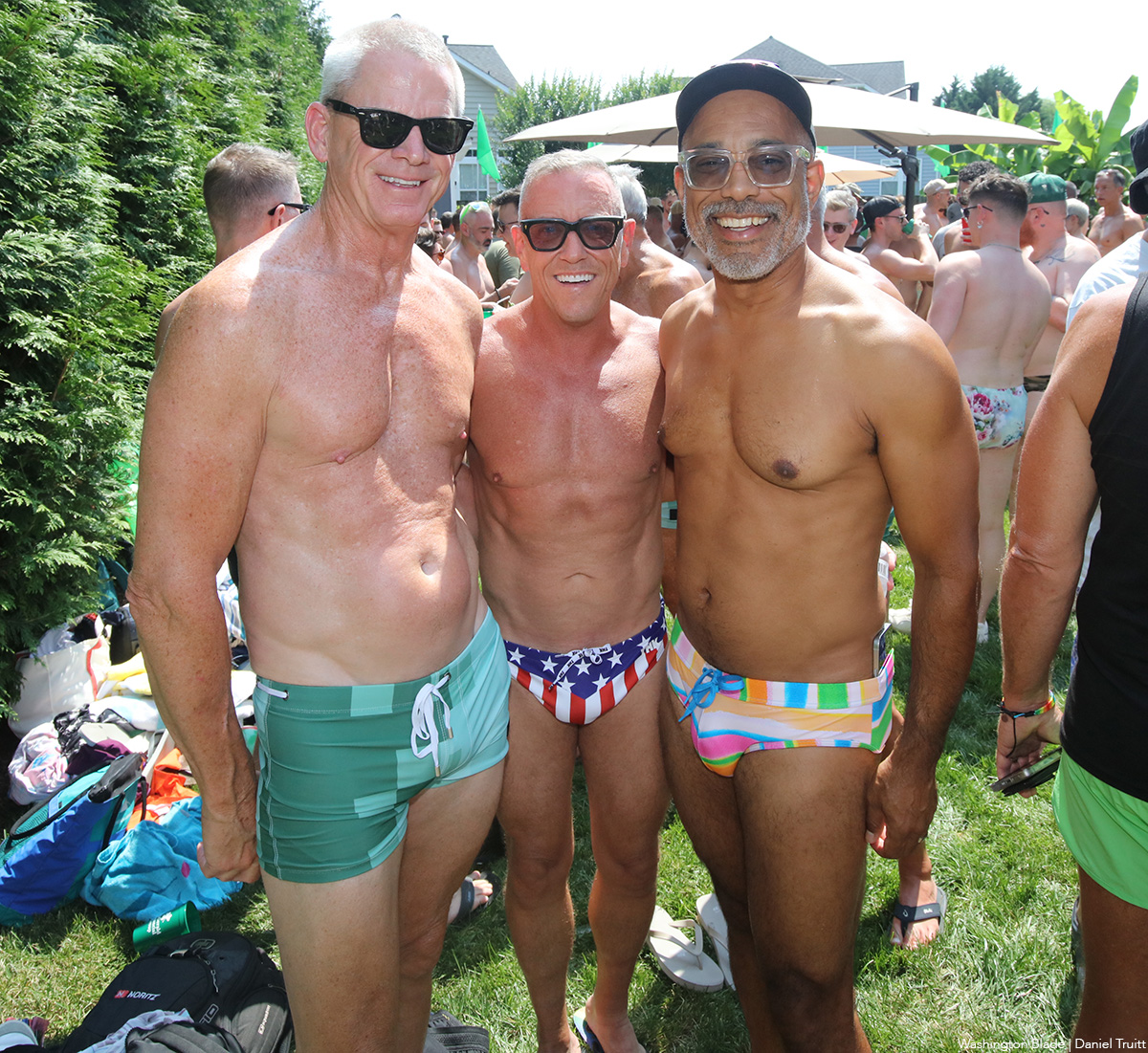
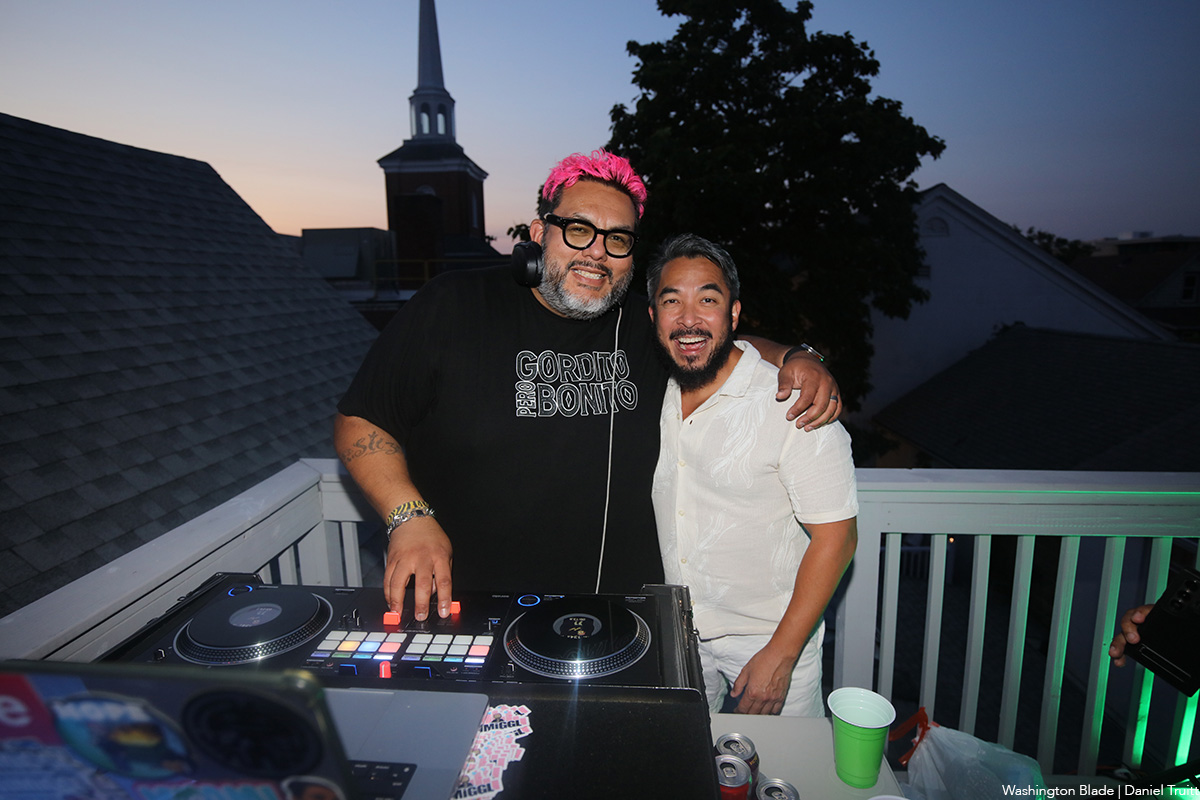

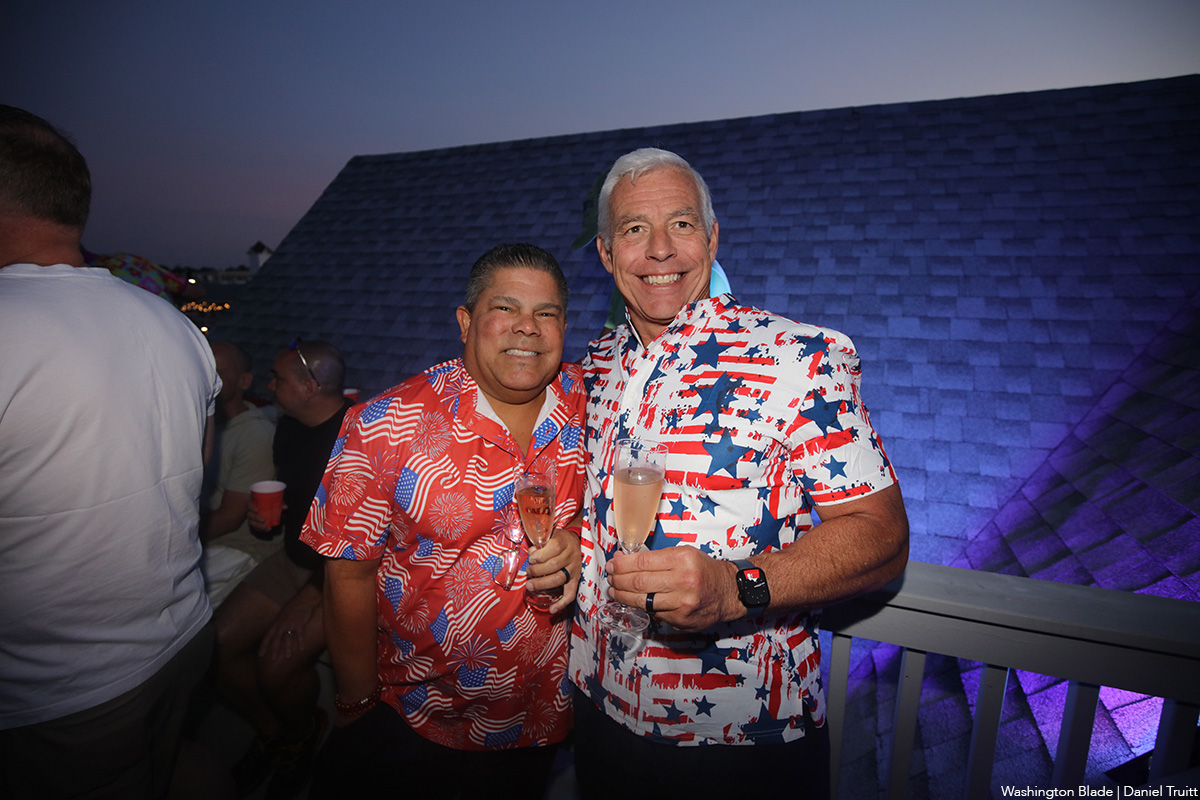
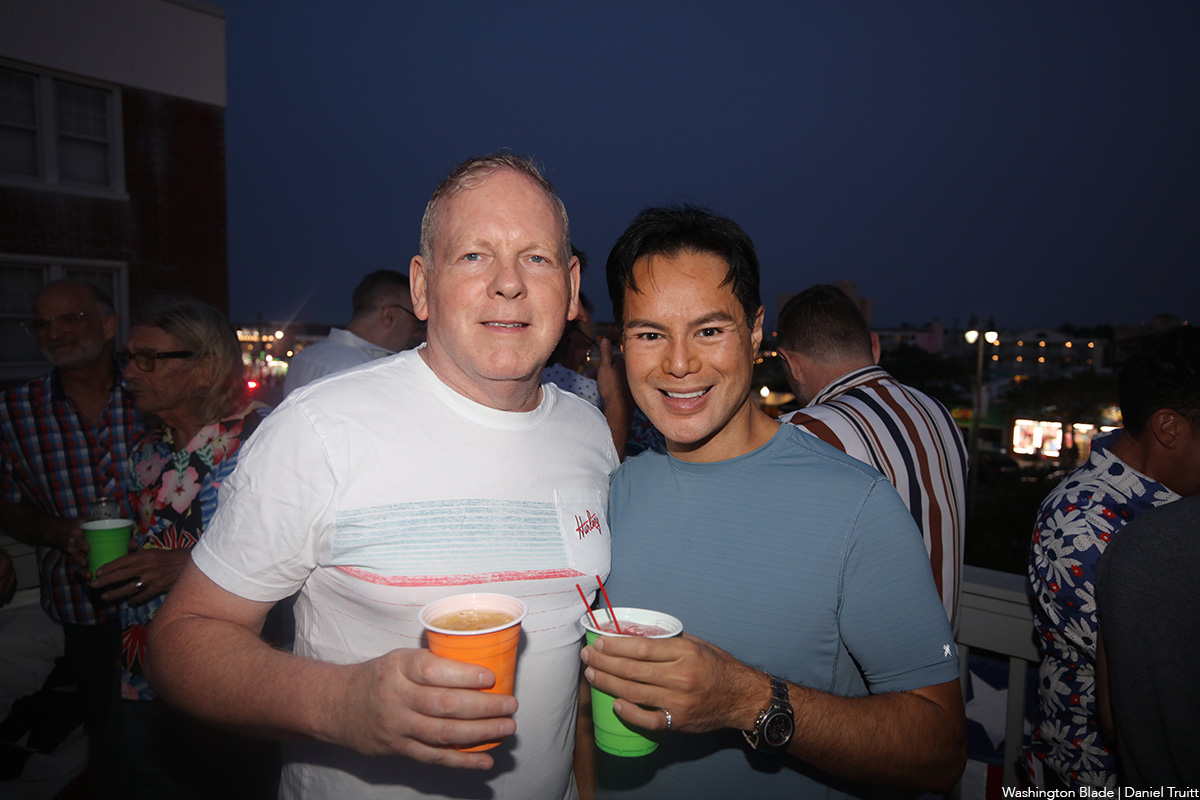
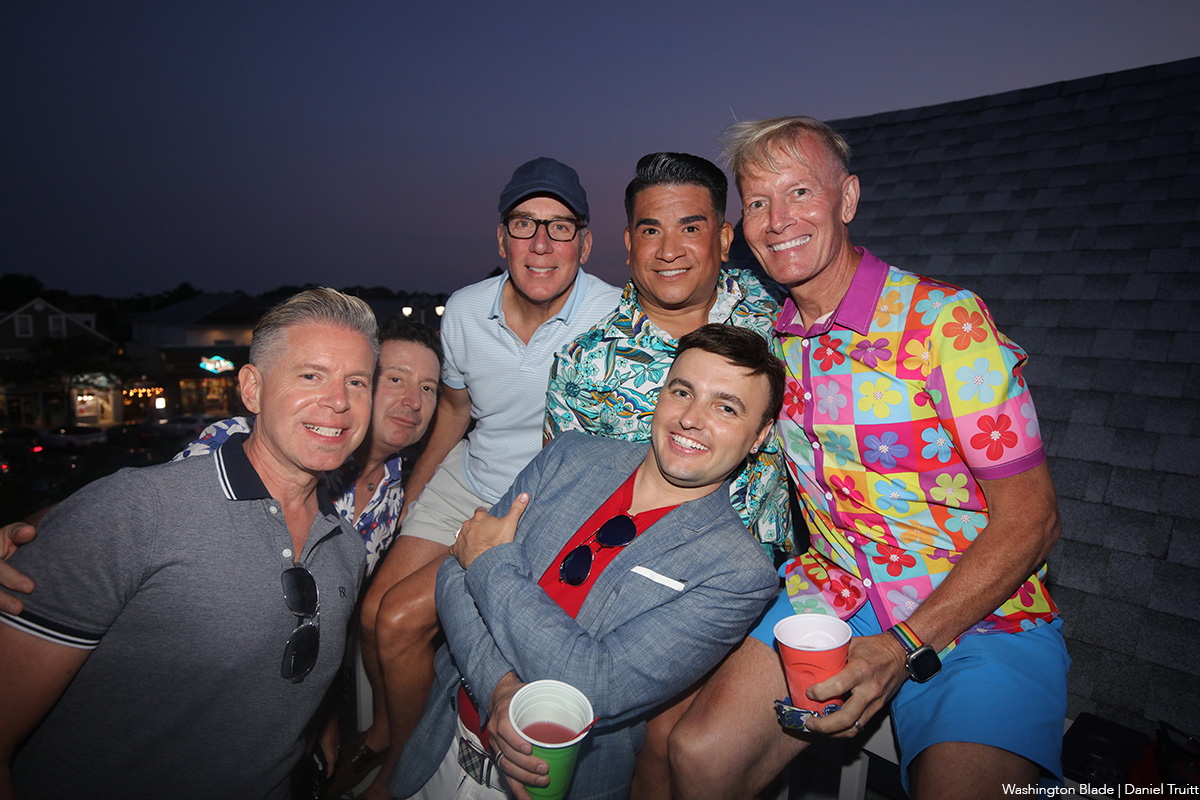
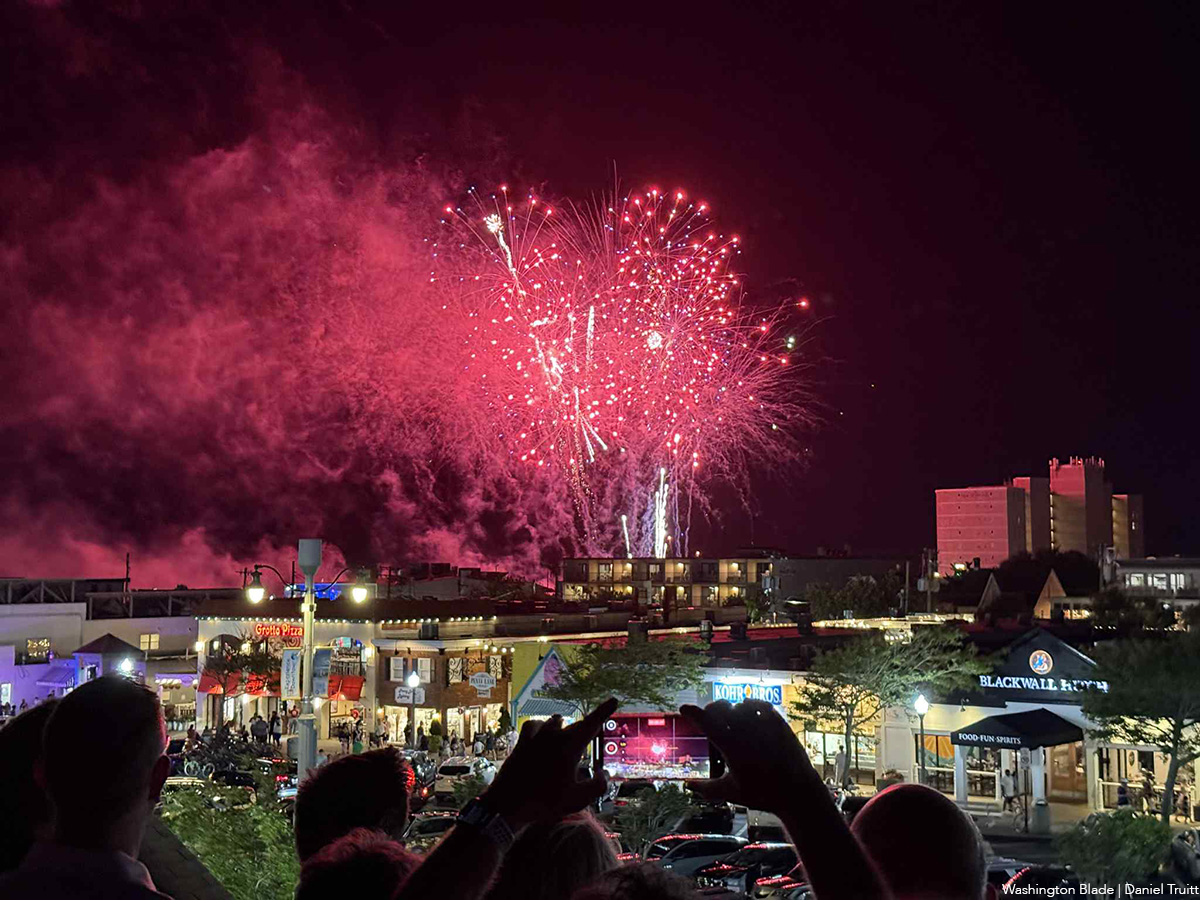
Music & Concerts
Red, White, and Beyoncé: Queen Bey takes Cowboy Carter to D.C. for the Fourth of July
The legendary music icon performed on July 4 and 7 to a nearly sold-out Northwest Stadium.
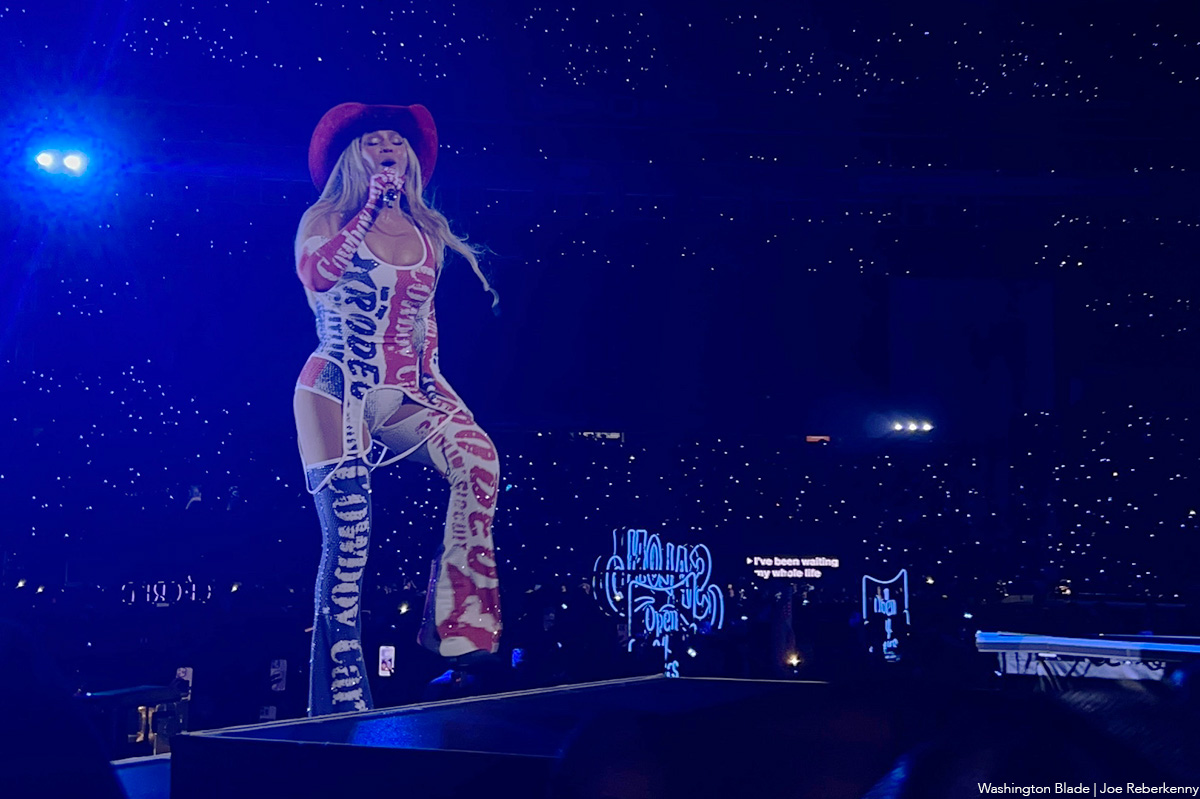
Just in time for Independence Day, Beyoncé lit up Landover’s Commanders Field (formerly FedEx Field) with fireworks and fiery patriotism, bringing her deeply moving and genre-defying “Cowboy Carter” tour to the Washington, D.C. area.
The tour, which takes the global icon across nine cities in support of her chart-topping and Grammy-winning country album “Cowboy Carter,” landed in Prince George’s County, Maryland, over the Fourth of July weekend. From the moment Beyoncé stepped on stage, it was clear this was more than just a concert — it was a reclamation.
Drawing from classic Americana, sharp political commentary, and a reimagined vision of country music, the show served as a powerful reminder of how Black Americans — especially Black women — have long been overlooked in spaces they helped create. “Cowboy Carter” released in March 2024, is the second act in Beyoncé’s genre-traversing trilogy. With it, she became the first Black woman to win a Grammy for Best Country Album and also took home the coveted Album of the Year.
The record examines the Black American experience through the lens of country music, grappling with the tension between the mythology of the American Dream and the lived realities of those historically excluded from it. That theme comes alive in the show’s opening number, “American Requiem,” where Beyoncé sings:
“Said I wouldn’t saddle up, but
If that ain’t country, tell me, what is?
Plant my bare feet on solid ground for years
They don’t, don’t know how hard I had to fight for this
When I sing my song…”
Throughout the performance, Beyoncé incorporated arresting visuals: Black cowboys on horseback, vintage American iconography, and Fox News clips criticizing her genre shift — all woven together with voiceovers from country legends like Dolly Parton and Willie Nelson. The result was a multimedia masterclass in storytelling and subversion.
The “Cowboy Carter” tour has been a social media sensation for weeks, with fans scrambling for tickets, curating elaborate “cowboy couture” outfits, and tailgating under the summer sun. At Commanders Field, thousands waited in long lines for exclusive merch and even longer ones to enter the stadium — a pilgrimage that, for many, felt more like attending church than a concert.
One group out in full force for the concert was Black queer men — some rocking “denim on denim on denim on denim,” while others opted for more polished Cowboy Couture looks. The celebration of Black identity within Americana was ever-present, making the concert feel like the world’s biggest gay country-western club.
A standout moment of the night was the appearance of Beyoncé’s 13-year-old daughter, Blue Ivy Carter. Commanding the stage with poise and power, she matched the intensity and choreography of her mother and the professional dancers — a remarkable feat for someone her age and a clear sign that the Carter legacy continues to shine.
It’s been nearly two decades since Beyoncé and Destiny’s Child parted ways, and since then, she’s more than lived up to her title as the voice of a generation. With “Cowboy Carter,” she’s not just making music — she’s rewriting history and reclaiming the space Black artists have always deserved in the country canon.
a&e features
From Prohibition to Pride: Queering the District podcast reveals local LGBTQ history
The new podcast explores the hidden history and enduring impact of queer spaces in Washington, D.C.
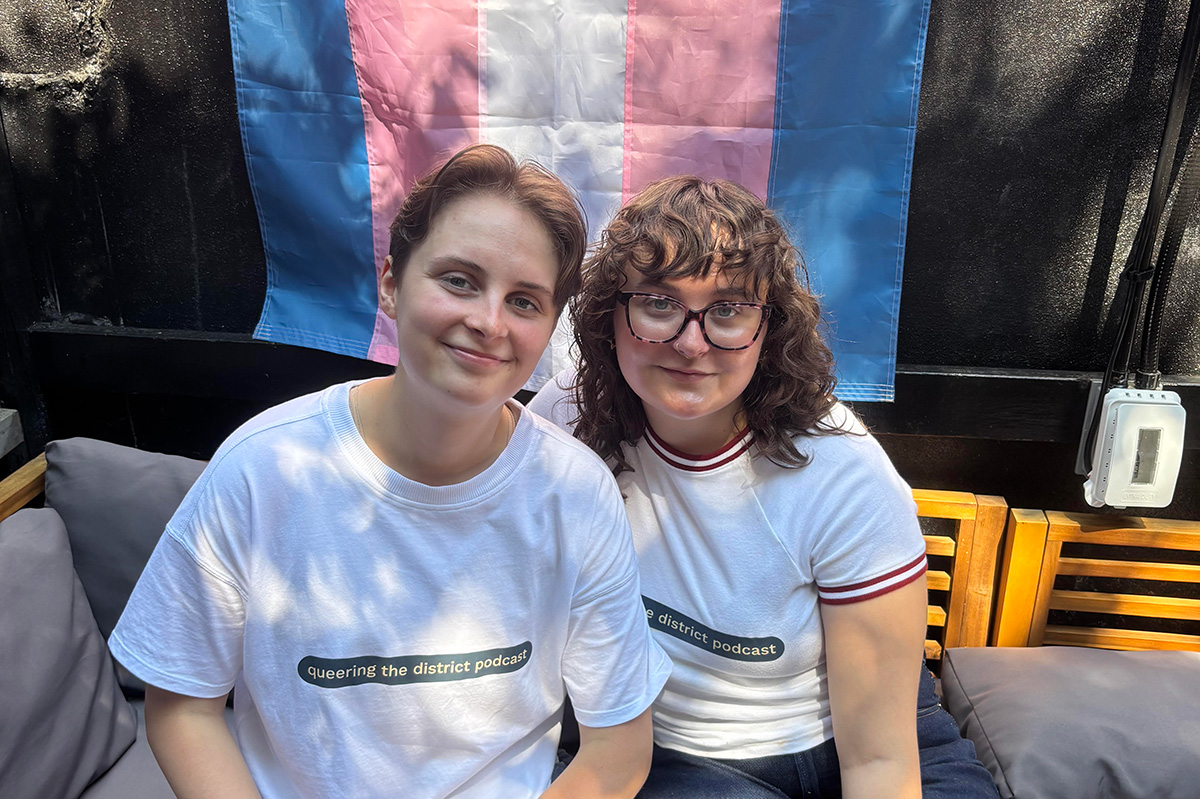
On June 25, as Pride month inched toward its end, three queer creators launched an ambitious project to honor the spaces that built D.C.’s LGBTQ community—and connect them to today’s queer life. The first episode of their podcast, Queering the District, hit streaming platforms that day, aiming to spotlight what host and co-creator Abby Stuckrath calls “third places”: bars, clubs, and gathering spots that have served as hubs for queer life across the city.
Each episode of the 10-part series delves into a different piece of D.C.’s queer past—from landmark clubs to untold personal stories—told through the voices of drag legends, activists, DJs, historians, and patrons who lived it. The show also threads together personal experiences from today’s community, bringing the listener on an auditory journey from Prohibition-era speakeasies to contemporary nights out at places like As You Are or Saints & Sinners.
Abby Stuckrath, alongside her sibling Ellie Stuckrath, and producer Mads Reagan, make up the podcast’s creative team. A recent journalism graduate of American University, Abby told the Blade that her passion for queer storytelling began during college—and that D.C. itself played a defining role in shaping her queer identity.
“I went to American University. I graduated last year and studied journalism. When I was in school, I always wanted to focus on queer stories – especially in D.C., because I’m from Denver, Colorado, I’ve never lived in a place like this before. D.C. has always just kind of been a place I call home when it comes to my queer identity.”
But breaking into the media to tell those stories wasn’t easy. Stuckrath quickly learned that editorial support—and funding—for queer-focused projects is limited. So she decided to do it her own way.
“I kind of found out that if you want to tell stories, you kind of have to do it on your own– especially when it comes to queer stories. There’s not a lot of people begging for us to talk about queer people and to pay you for it. So I was like, ‘Okay, let’s just do it on my own.’”
The idea for the podcast first took root in conversations with Ellie, Abby’s sibling and biggest supporter. Ellie had also moved to D.C. to find more space to explore and express their queer and gender identities. Together, the two began shaping a vision that would combine storytelling, sound design, and grassroots community input.
“I was like, ‘I don’t know what exactly I want to do yet, but I want it to be queer, and I want it to be about D.C., and it’s going to be called Queering the District, and we’re going to find out what that means.’ And Ellie is my biggest supporter, and my best friend. And they were like, ‘Hell yeah. Like, let’s do this.’ And so we decided to just do it together.”
The name stuck—and so did the mission. The team began researching queer D.C. history and found a city overflowing with stories that had rarely been documented, especially in mainstream archives.
“We started looking up the history of queer culture in D.C., and it kind of just clicked from there,” Stuckrath said. “I did not know anything about how rich our history is in the city until one Google search, and then I just kept learning more and more. I was kind of pissed because I studied gender studies in school in D.C. and didn’t learn shit about this.”
Season one focuses on the role of third places—non-work, non-home spaces where queer people could gather, exist fully, and build community.
“Third places have always been the epicenter of queer life… places outside of just your own personal home, because sometimes that isn’t a safe place. And of course, the work most commonly in the past and still today, isn’t a safe place for queer people to be full of themselves. So like, bars were the first place for queer people to really thrive and meet each other.”
To make the show participatory, Queering the District includes a twist: a voicemail line where anyone can call in and share a memory or question. The team calls the phone “Fifi”—a nod to the kind of retro guestbooks often used at weddings, but reimagined for queer nightlife and history.
“We wanted to find a way for people to share their stories with us anonymously… so even though we start in Prohibition, we wanted to connect it to now—like, those people who were singing jazz to each other in a white queer bar are connected to you singing karaoke on a Sunday night at your favorite gay bar. We’re all interconnected by this third place of queer bars in D.C.”
Those connections are emotional as well as historical. While building the series, one realization hit Stuckrath particularly hard: the immense loss of queer spaces in D.C., especially in neighborhoods that have since been heavily redeveloped.
“Every time I go to a Nats game, I think about, well, this just replaced five gay bars that used to be here. It used to be the home of Ziegfeld’s… Tracks, which was almost 2,000 square feet, with a volleyball court in the back, a fire pit, and iconic light show. I just didn’t know that we had that, and it made me sad for the queer elders that are in our city now who walk the streets and don’t see all those places they used to call home.”
That sense of loss—alongside the joy and resilience of queer community—is what the show aims to capture. As the podcast continues, Abby hopes it serves as both a celebration and an educational tool, especially for young LGBTQ people arriving in D.C. without realizing the queer foundations they’re walking on.
“D.C. is a unique city, and specifically young queer people who are hoping to move to the city—to know that you’ve got to know your history to be here. I hope this serves as an easier way for you to consume and learn about queer history, because queer history defines how we move in life.”
And for all the voices still left out, Abby is clear: this podcast is an open door, not a final word.
“This is a perfectly imperfect podcast. We should just be a starting point. We shouldn’t be the ending point.”
New episodes of Queering the District drop every Wednesday on all major platforms.
-
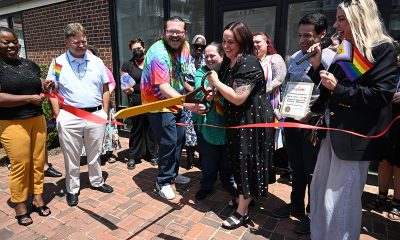
 Virginia2 days ago
Virginia2 days agoDefying trends, new LGBTQ center opens in rural Winchester, Va.
-
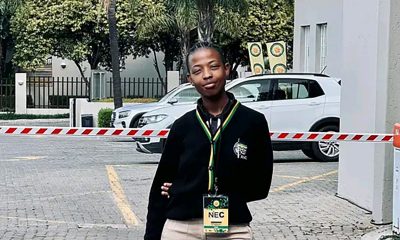
 South Africa4 days ago
South Africa4 days agoLesbian feminist becomes South African MP
-
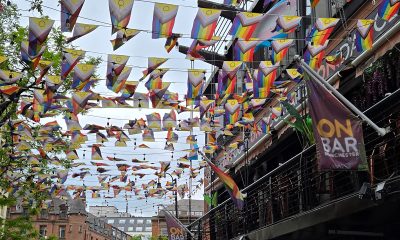
 Travel3 days ago
Travel3 days agoManchester is vibrant tapestry of culture, history, and Pride
-
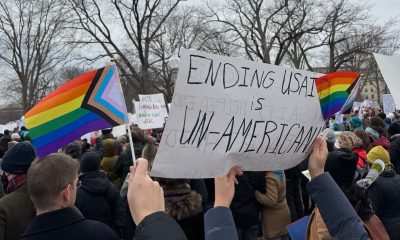
 Opinions3 days ago
Opinions3 days agoUSAID’s demise: America’s global betrayal of trust with LGBTQ people



